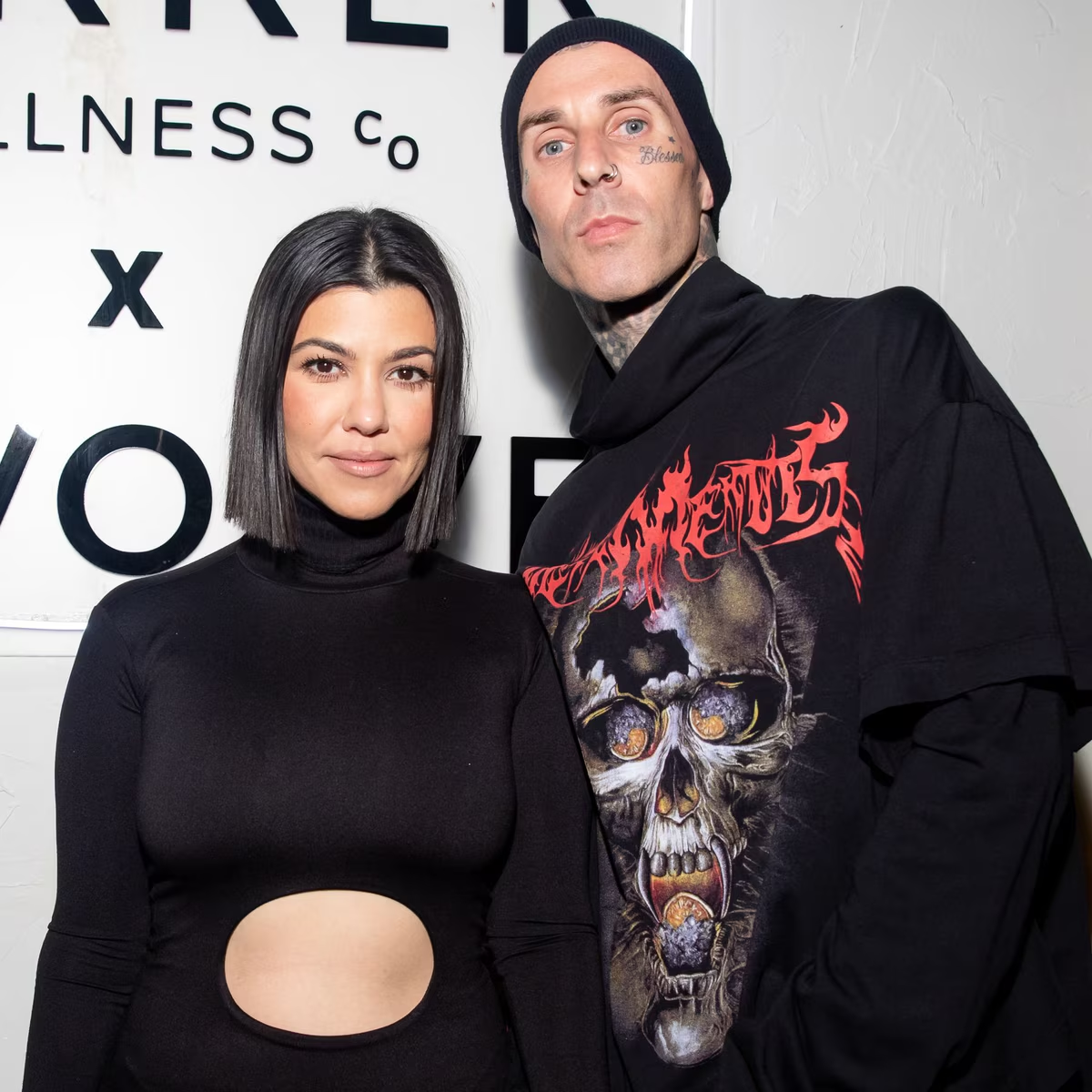Getting to Sesame Street (2022)
American schools have always been more than where we go to learn the ABCs: They're places where socialization happens and cultural norms are developed. And arguments over what those norms are and how they're communicated tend to flare up during moments of cultural anxiety — like the one we're in now.
When it premiered in 1969, the kids' TV show Sesame Street was part of a larger movement to reach lower-income, less privileged and more "urban" children. It was part of LBJ's Great Society agenda. And though it was funded in part by taxpayer dollars, Sesame Street is a TV show, not a classroom, and it set out to answer the question of what it means to educate kids. Today: how a television show made to represent Harlem and the Bronx reached children across a divided country, and how the conversations on the street have changed alongside us
Disclaimer: The copyright of this article belongs to the original author. Reposting this article is solely for the purpose of information dissemination and does not constitute any investment advice. If there is any infringement, please contact us immediately. We will make corrections or deletions as necessary. Thank you.







